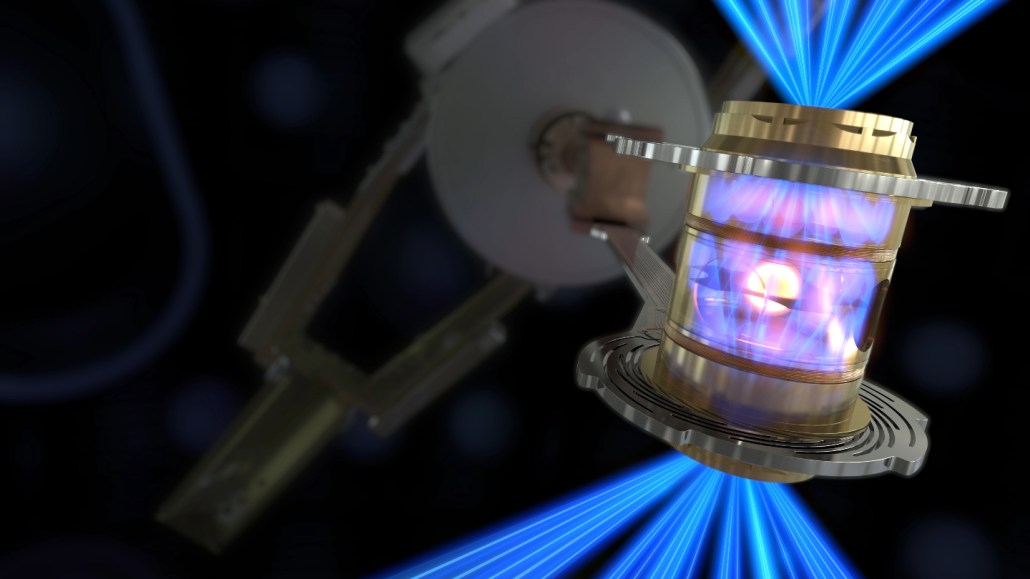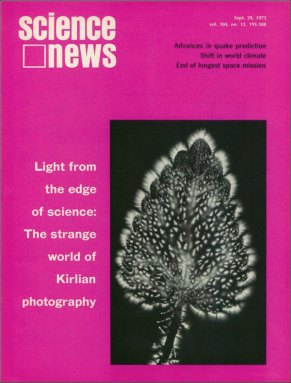50 years ago, scientists dreamed of lasers that could kick off nuclear fusion
Excerpt from the September 29, 1973 issue of Science News

Nearly 200 powerful lasers at the National Ignition Facility in Livermore, Calif., blast a fuel pellet (illustrated), igniting nuclear fusion that can release more energy than the lasers put in.
LLNL








